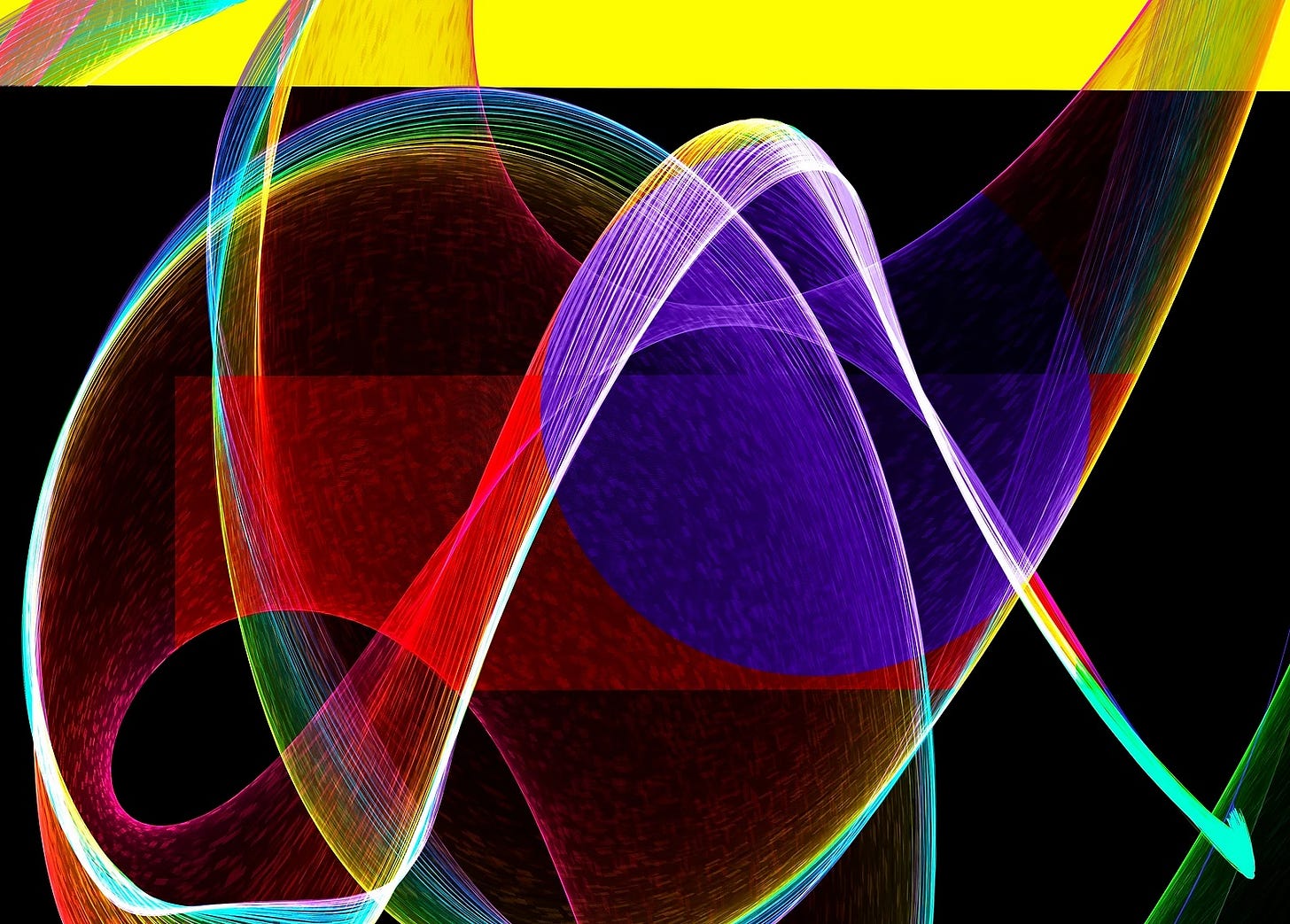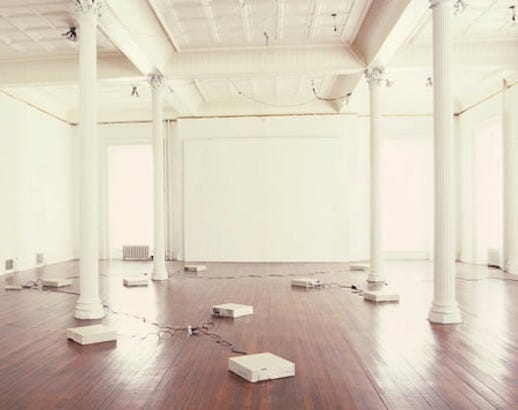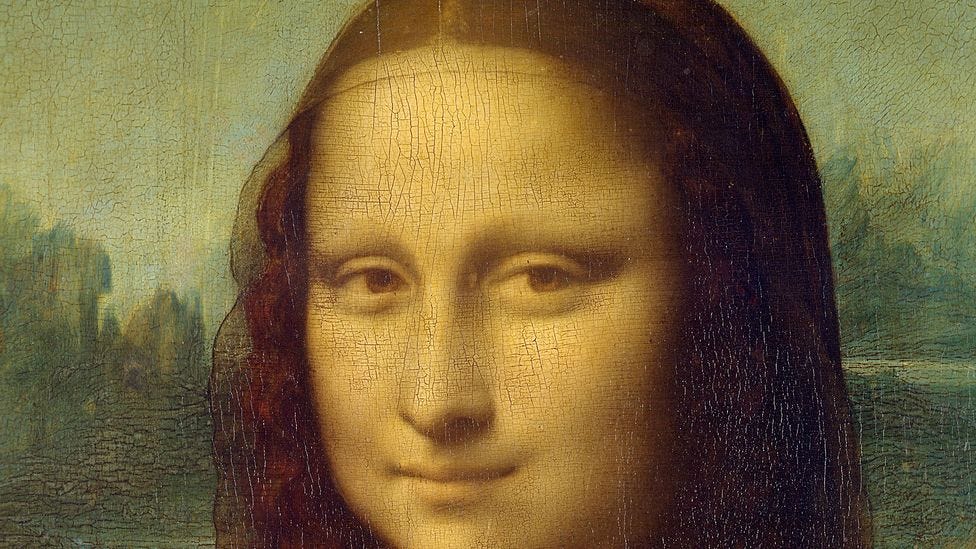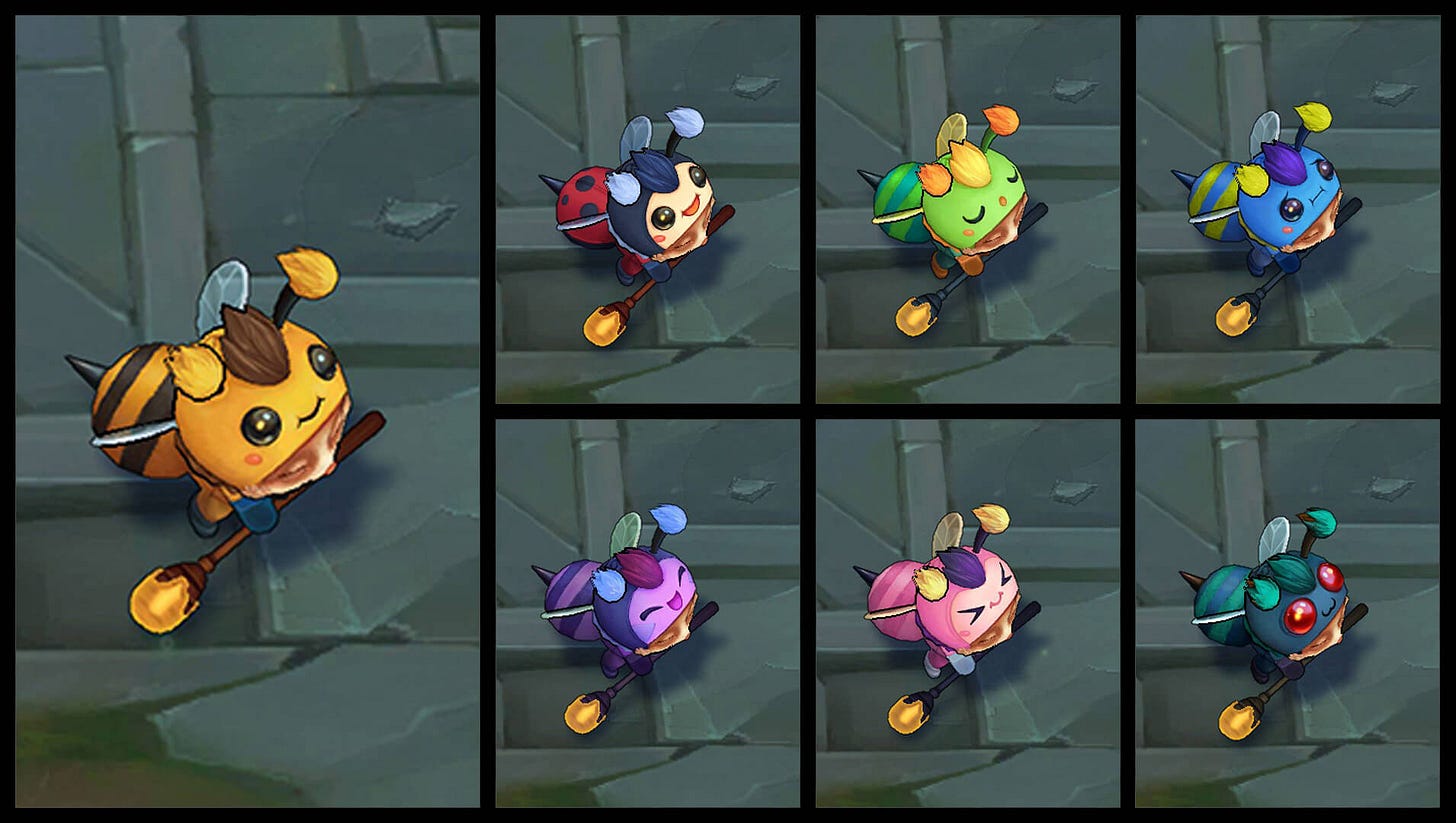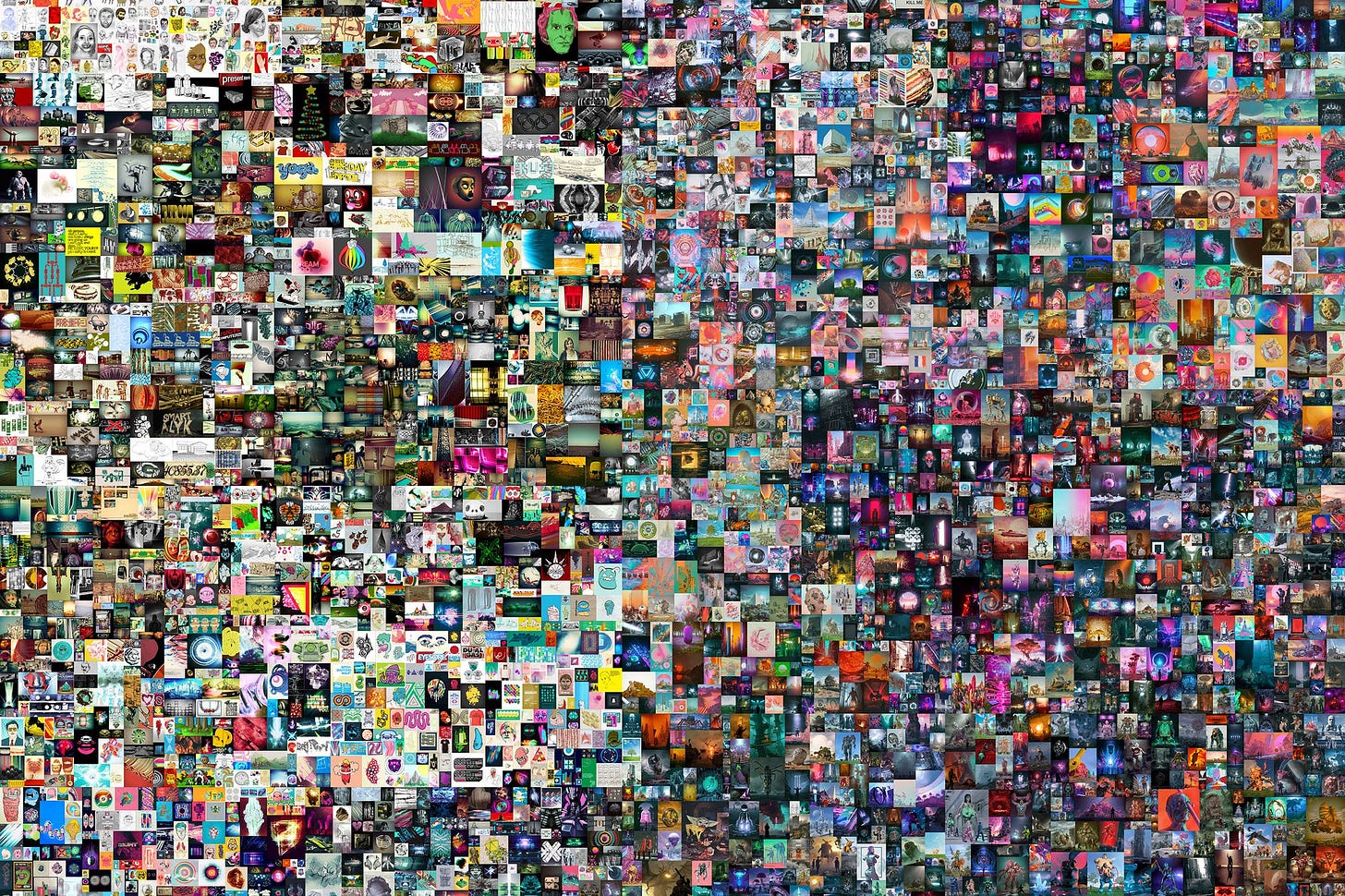digital expressionism
I’ve spoken elsewhere about the stochastic elements in digital art embodying a new mode of expression for artists in the 22nd century, a Digital Expressionism. Here I want to flesh out this concept’s underlying principles a little more, concretely defining what exactly qualifies as digital expressionism and digital art.
To define digital expressionism, a definition of digital art as a whole is necessary. To qualify as digital art, three factors need to be fulfilled in some part:
1. The work needs to have been created digitally, in part or in whole.
2. The work must take a digital form, in part or in whole.
3. The content of the work must be digital, in part or in whole.
With even just one of these factors missing, the work too often falls into lesser categories of photography and conceptualism. This trifecta of principles demands that the work be birthed from, reflect upon, and remain within the digital realm.
With that out of the way, let me now just say that a jpeg is not digital art. Not necessarily. The fact that the file exists in a binary form of ones and zeroes is not enough to qualify it as digital art, no more so than a photograph of the Mona Lisa qualifies it as a painting.
More often than not, jpegs are just digital representations of material artifacts, not digital artifacts themselves. That’s not to say a jpeg can’t be digital art. Some of the greatest works of digital art either embody or utilize the jpeg format. Maurizio Bolognini’s 1992 work Programmed Machines, for example, employed a series of computers that generated a flow of image files sent from one to another with network cables, without any displays hooked up to display the images: one of the greatest works of the internet age.
The cicada3301 project is another one of the finer examples where in 2012, steganography and other cryptography techniques were used to embed secret messages into jpeg image files, leading those skilled enough to follow the clues on an epic international scavenger hunt with an ending shrouded in mystery still to this day.
For the jpeg to qualify as digital art, part of it’s content must be digital as well, not just it’s form. For example, a 3D model of the Mona Lisa, screenshotted and posterized in photoshop to look just like the original. The possibilities are endless when we start thinking within the forms of the digital. If in the process of emailing that Mona Lisa picture to a friend, some of the pixels get corrupted and leave an unsettling compression artifact in the lower right-hand corner, suddenly this representation of Leonardo’s legendary painting becomes something new and different and interesting, something that could only have been created through the digital process.
Or perhaps you decide to instead convert the image into a single string consisting of each pixel value represented in hexadecimal and stored in a python script. The image has once again been transformed into something new, with a new layer of abstraction and contemplation possible thanks to the digital processes that were integral in its creation.
While digital expressionism is certainly most evocative focus in digital art, it’s by no means the most popular or most influencial.
Some of the most successful examples of digital art out there are the skins that are constantly being released for the dozens of champions in League of Legends by Riot Games. The game itself is free, but Riot Games makes millions of dollars selling costumes for players’ favourite characters. The team at Riot Games are some of the greatest digital artists today. Not only is the game itself a masterpiece of networking and an excellent demonstration of the power of the free-to-play model, the ecosystem built around the in-game skin purchases allows the digital artists on the team to flourish.
The skins themselves walk an interesting line over the same divide that exists between digital art and digital representation. The skins are indeed digital art, no doubt. Created and consumed in the digital world, they are a perfect example. A simple picture of the Champion Teemo wearing one of these skins, however, is not. When fans share pictures of their favorite skins over and over again on social media, they are rarely partaking in an act of digital art, but a mere act of digital representation. The work only seems to become activated within the world it was made for; it comes alive in Summoner's Rift.
There are few names more infamous in the digital art world right now than Beeple, the famous digital artist known for making one work a day for the past 10 years. Recently his work has come into the limelight again because of the massive NFT(Non-Fungible Token) sale he just pulled off, raking in over 3 million dollars. The NFT scene is booming in the crypto community right now, and while it’s still new and scary, the success Beeple has shown gives the technology some credence, and gives hope to artists that want to explore selling their work in this new format.
Beeple’s work checks all the boxes of digital art, and after the reputation he’s garnered over the years, he definitely deserves his face on the mount Rushmore of digital art, chiseled into it’s memory registers.
The purest form of digital art still belongs to writing code. To engage with the digital form of the work at its most basic, the artist is at their most powerful. In this sense the computer programmer has become the Picasso of our time. Some of the greatest works of this generation have been created directly in an IDE and executed in a terminal. While it may not seem aesthetically beautiful to lovers of Matisse, seasoned programmers look at the code of the bitcoin network protocol, for example, and see the elegance and beauty in it. The common art fan just doesn’t possess the vocabulary yet to understand the codebase of these kinds of works, but there was a time when Pollock seemed alien to the masses too. Now it's motel art. It all just takes time.
In 2010 a young British stock trader named Navinder Singh Sarao wrote his own high frequency trading bot in his bedroom to compete with the Wallstreet trading firms and used it to generate millions of dollars in profits in a single day, then helped in crashing the world stock markets when he shut it off. The Flash Crash, as it came to be known, had a far greater impact on our lives in that moment than photoshop ever has.
That is the power of digital art. The programmer can be seen as the digital formalist, artists like Beeple can be seen perhaps as the digital surrealist, but digital expressionism is something different, something more. It’s a junction between technology and nature, the nexus that spawned one from the other, reciprocally infinitum.
It takes a human element to corrupt the silicon crystal and express something greater than its parts. It’s a ghost in the machine, whispering something wet.



